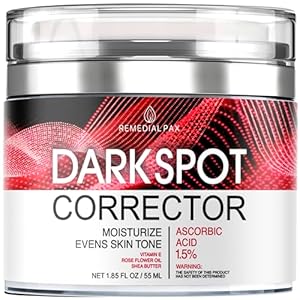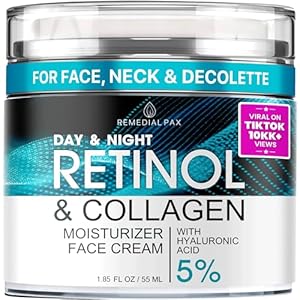
Modern omics technologies make it possible to generate enormous amounts of data from biological samples at low cost. All of the stages and influences on gene expression in cells, segmented by tissue and cell type, or even in single cells, are open to inspection in detail. The same is true of circulating molecules outside cells. Aging produces changes in cells and circulating molecules, some of which are individual, but many of which are much the same from person to person, and thus any sufficiently large set of biological data can be mined for signatures of aging. Machine learning has developed to the point at which this development of signatures can be accomplished as cost-effectively as the generation of the data in the first place.
In today’s open access paper, researchers report on the development of signatures of aging based on senescence-associated secretory phenotype (SASP) molecules secreted by senescent monocytes. Monocytes are innate immune cells resident in the spleen, but also circulating in the bloodstream before entering tissue to transform into macrophages. Researchers first evaluated monocyte SASP in vitro to determine which molecules to look for in blood samples, and from there found signatures that correlate with mortality in large epidemiological data sets. We will probably see a lot more of this sort of segmentation of data of interest, ever finer slices, as researchers continue to explore what can be accomplished in the construction of biomarkers of aging.
In recent years, senescence of immune cells, including monocytes, have been implicated as a potentially key driver of age-related pathologies. Senescence of immune cells increases with age and is thought to contribute to an age-related increase of sterile inflammation – “inflammaging” – and higher susceptibility to infectious diseases. Additionally, higher levels of senescence in the immune system drive systemic aging and propagate senescence in solid organs, such as the liver, kidney, and lung. There is emerging evidence that senescent monocytes accumulate in vivo in humans. These circulating immune cells form up to 10% of the total white blood cells and are involved in pathogen recognition via Toll-like receptors (TLRs) and regulation of inflammation. A proinflammatory phenotype of monocytes has been attributed to senescence in the elderly. Moreover, monocytes are promising sources of biomarkers due to their abundance in blood. Despite their potential involvement in inflammaging and biomarker potential, the role of monocyte senescence-associated proteins in aging and their potential as clinical biomarkers are poorly characterized.
In recent years, high-throughput proteomic studies have quantitatively profiled senescence-associated proteins in circulation and demonstrated their associations with diverse aging-related outcomes in humans, including mortality, multimorbidity, strength, and mobility. These studies leveraged human cohorts, such as InCHIANTI (Invecchiare in Chianti), BLSA (Baltimore Longitudinal Study of Aging), GESTALT (Genetic and Epigenetic Signatures of Translational Aging Laboratory Testing), Lifestyle Interventions for Elders (LIFE), and others. However, no biomarker studies to date have comprehensively characterized the monocyte-specific SASP and evaluated its clinical utility as circulating biomarkers in humans.
We identified circulating biomarkers of senescence associated with diverse clinical traits in humans to facilitate future non-invasive assessment of individual senescence burden and efficacy testing of novel senotherapeutics. Using a novel nanoparticle-based proteomic workflow, we profiled the senescence-associated secretory phenotype (SASP) in monocytes and examined these proteins in plasma samples (N = 1,060) from the BLSA. Machine learning models trained on monocyte SASP associated with several age-related phenotypes in a test cohort, including body fat composition, blood lipids, inflammation, and mobility-related traits, among others. Notably, a subset of SASP-based predictions, including a ‘high impact’ SASP panel that predicts age- and obesity-related clinical traits, were validated in InCHIANTI, an independent aging cohort. These results demonstrate the clinical relevance of the circulating SASP and identify relevant biomarkers of senescence that could inform future clinical studies.
Trending Products











